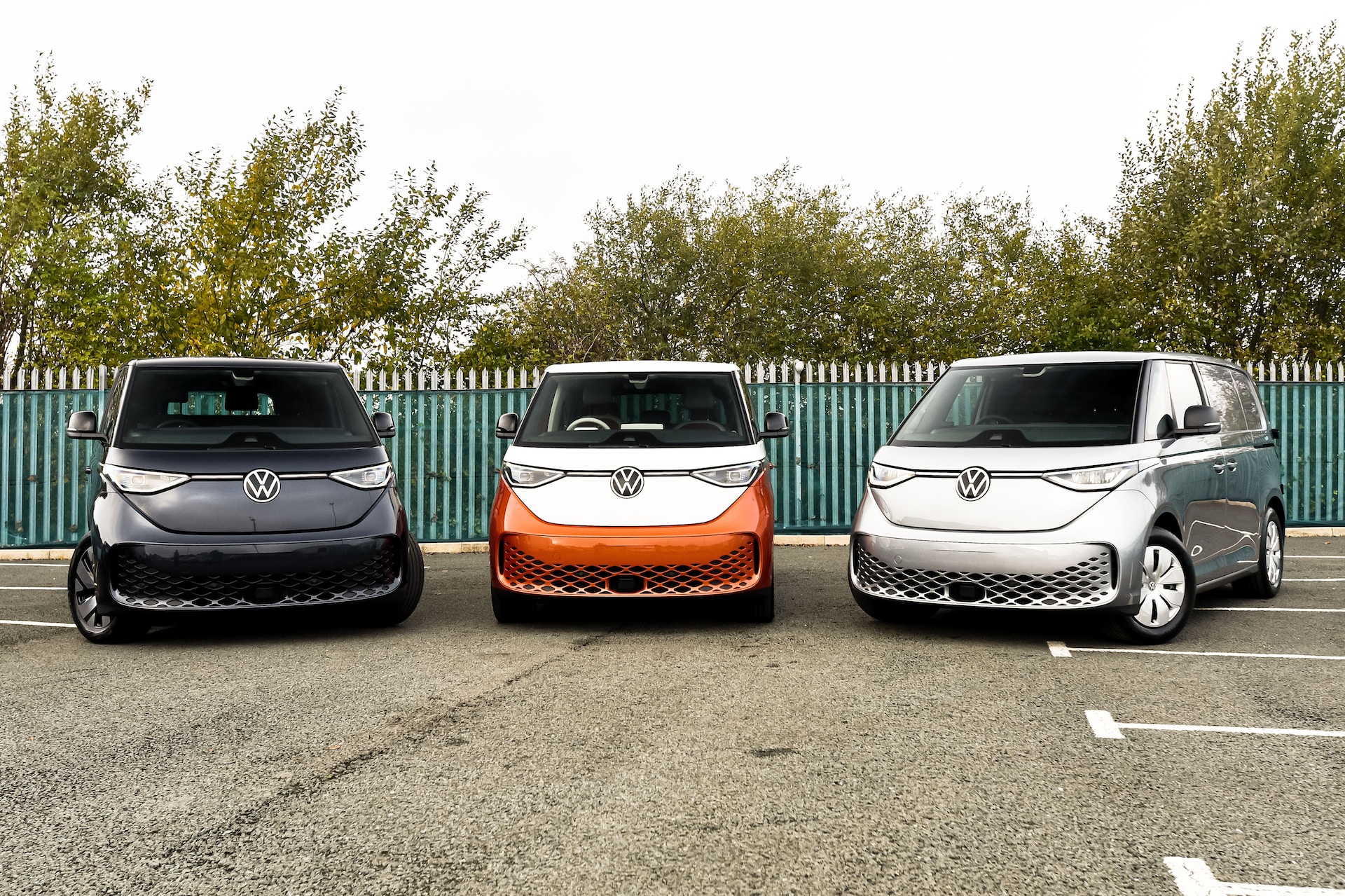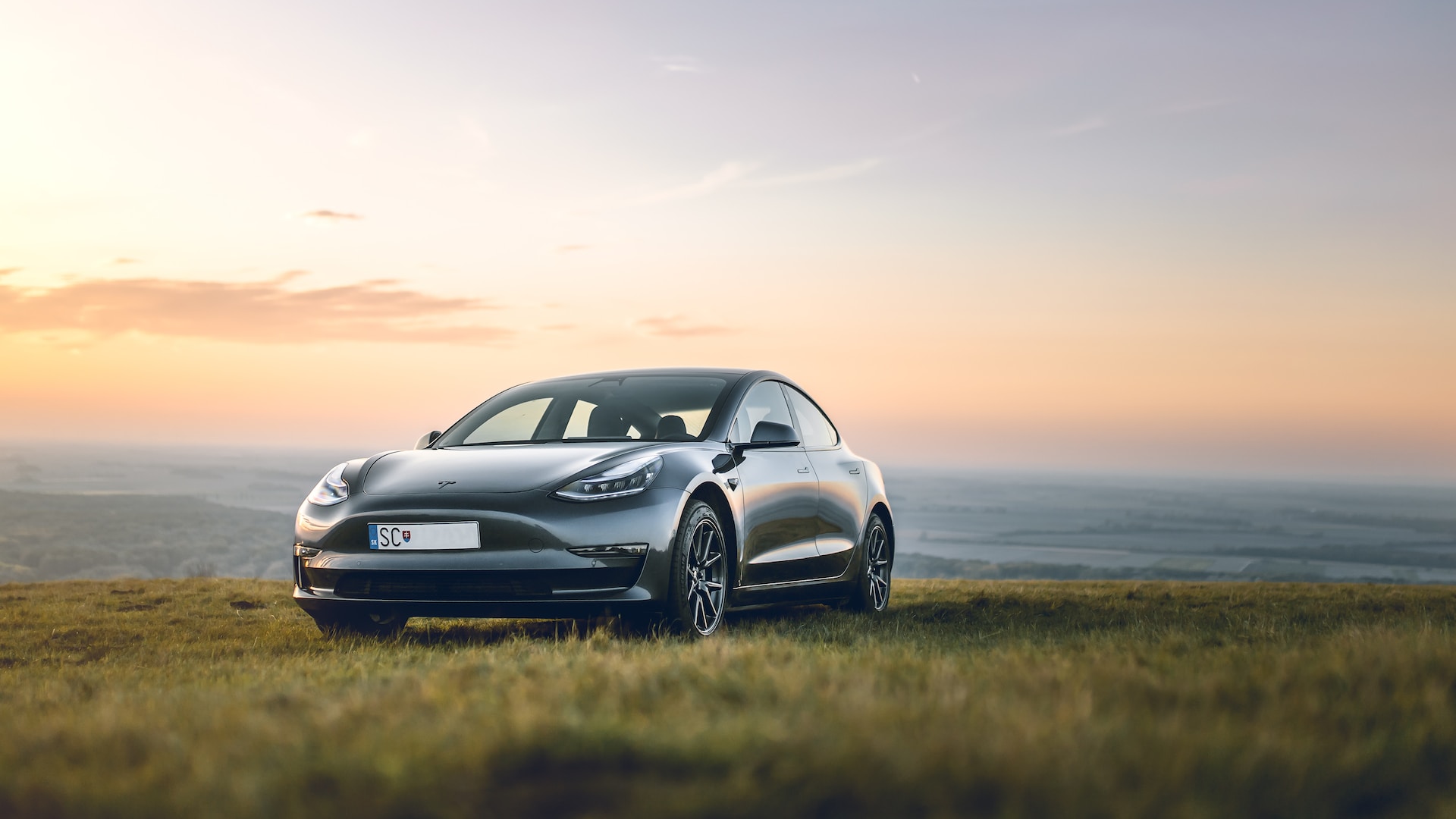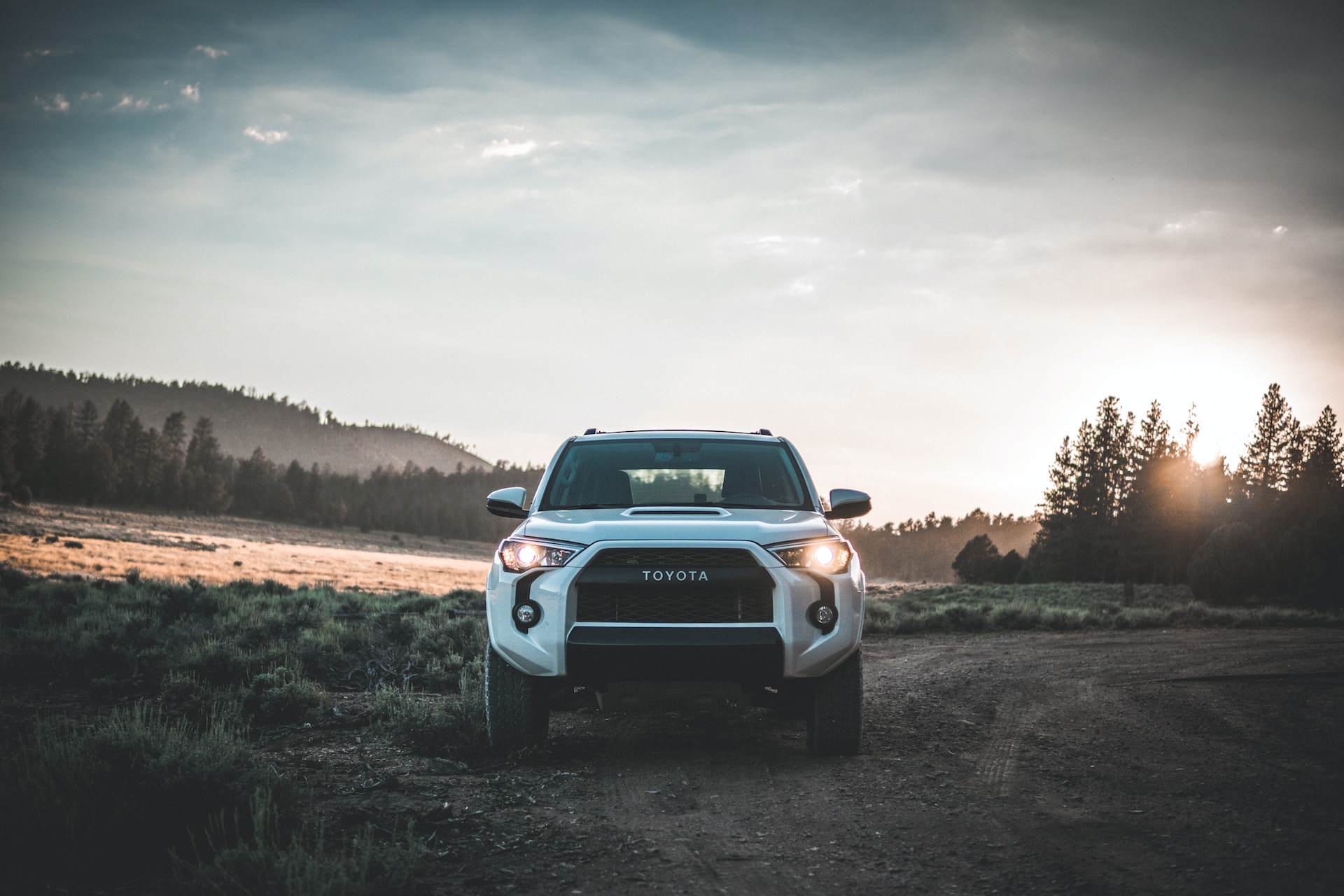After months of supply chain disruptions and inventory shortages, auto dealerships across the country are finally breathing a sigh of relief. The automotive industry, which faced significant challenges due to the global pandemic and subsequent production delays, is now experiencing a revival. With cars back in stock, dealerships are restocked and ready to roll, eagerly anticipating a surge in customer demand and a resurgence in sales.
A Rocky Road:
The COVID-19 pandemic wreaked havoc on the automotive industry, causing production halts, plant closures, and disruptions in the global supply chain. The scarcity of microchips, a critical component in modern vehicles, further exacerbated the problem, leading to a shortage of new cars on dealership lots. As a result, customers faced limited choices, increased prices, and longer wait times for popular models.
Restocked and Ready:
Fortunately, the tide has started to turn. Automakers have taken significant steps to address supply chain challenges, ramping up production and resolving the microchip shortage. As a result, dealerships are now restocked with fresh inventory, offering customers a wider range of options and greater availability.
Inventory Boost and Popular Models:
The influx of new inventory is a breath of fresh air for both auto dealers and customers. Popular models that were once scarce or sold at a premium are now back on showroom floors. From sedans to SUVs, buyers can once again browse a selection of vehicles tailored to their preferences and budgets.
The revival in supply has also prompted automakers to introduce exciting new models, incorporating the latest advancements in technology, safety features, and sustainability. Electric vehicles (EVs) have gained significant traction, with a growing number of manufacturers expanding their EV lineups, catering to the increasing demand for eco-friendly transportation.
Dealership Strategies and Customer Incentives:
To capitalize on the renewed customer interest, dealerships have implemented various strategies to attract buyers. Many are offering competitive pricing, attractive financing options, and generous trade-in allowances. Additionally, dealerships are focusing on providing exceptional customer service, including streamlined purchasing processes, extended warranties, and personalized vehicle delivery experiences.
Customer Confidence and the Buying Experience:
With cars back in stock, customers can approach the buying process with increased confidence. The ability to physically see, test drive, and compare multiple models empowers buyers to make informed decisions. Furthermore, the availability of inventory has alleviated concerns regarding long wait times or settling for less-desirable options.
A Shift in Consumer Preferences:
The pandemic has also had a profound impact on consumer preferences in the automotive industry. As remote work and online shopping became the norm, there has been a surge in demand for spacious, versatile vehicles that cater to the evolving needs of modern lifestyles. SUVs and crossovers have witnessed a significant uptick in sales, reflecting the desire for comfort, cargo space, and adaptability.
Verification Techniques and Uncovering Sources:
To ensure the accuracy of this report, a combination of research techniques was employed. Primary sources included interviews with auto dealership owners, industry analysts, and customers. These firsthand accounts provided valuable insights into the current state of the industry and the impact of car restocking on both businesses and buyers. Secondary sources, such as industry reports, press releases, and statements from automakers, were also consulted to verify information and provide a broader perspective.
Conclusion:
The auto industry is bouncing back, with car dealerships nationwide restocked and ready to meet the pent-up demand for vehicles. After facing numerous challenges during the pandemic, the availability of new inventory brings hope and excitement to both dealers and customers alike.











